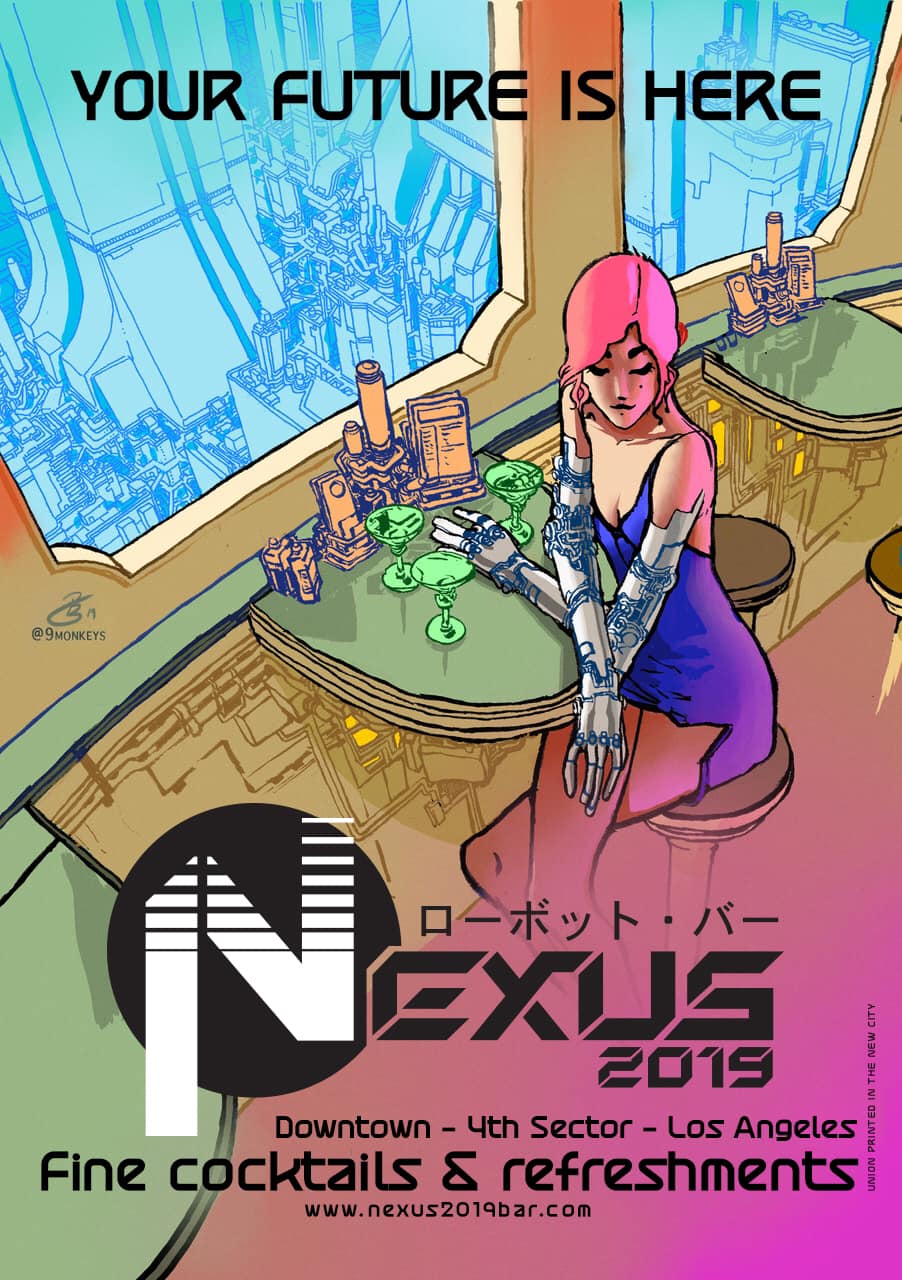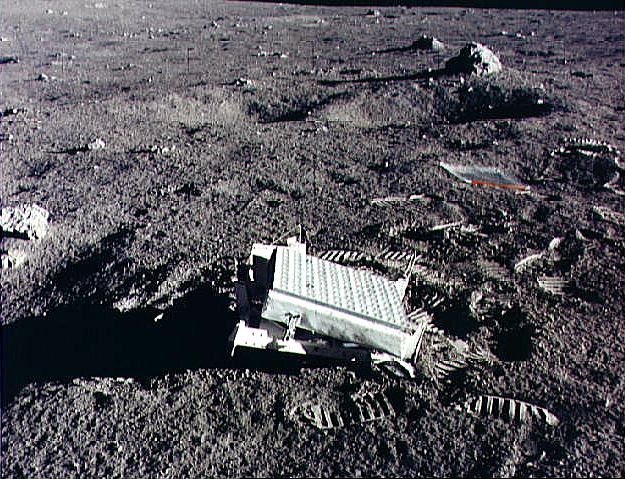Palm oil is in almost everything, and it’s responsible for huge amounts of deforestation across the globe. These guys have found a way to replace it, using nothing more than a cup of coffee. #YEARSproject
Get the latest international news and world events from around the world.
This Curtain Of Algae Is Cleaning The Air
This is an algae “biocurtain” and it’s cleaning up the air. 💚.

An asteroid base
American scientist and best-selling #scifi author David Brin predicts what our world would like in the year 2050. Read it on our #Earth2050 platform:
By 2040, the international community has concluded that using nonrenewable resources is irrational. The first kind of asteroid to be mined was of the carbonaceous variety, to get water that can keep astronauts alive, or be used to create rocket fuel. Later, explorers prospected dozens of other varieties of asteroids with suitable iron, nickel, cobalt, platinoid, and rare-earth element deposits. Odyssey is the first ever space base focused on mining these minerals.
The station was launched in 2049. Because of magnetic storms and drastic changes in temperature, the main part of the base had to be built several meters below the asteroid’s surface. Almost all work on the base was automated. Small teams of engineers and technicians needed for station management stay for 6-month shifts. Using solar mirrors, they melt and refine precious metal ores and blow them into gleaming bubbles that can safely descend through Earth’s atmosphere to float in the ocean, for collection. The iron is used for construction in space.
This space project — the Odyssey — is so profitable that on April 22, 2055, Earth Day, the UN’s General Assembly adopts a resolution: to decrease mineral mining on our planet and to transfer some profits made from space to restore and preserve the Earth’s ecology.
The success of the project is based not only on the commercial value of mining but also on scientific advancements. The Odyssey houses laboratories with different specializations. New space discoveries make it possible to create new stations and even cities farther away from Earth.

12 Best Photogrammetry Software For 3D Mapping Using Drones
10 best 3D map photogrammetry software reviewed. Top drone mapping and modelling solutions from DroneDeploy, Open Drone Map, Pix4D, PhotoScan, Precision Mapper, AutoDesk plus more.

Why Is the Apollo Reflector Experiment Still Operating, 50 Years Later?
An epic lunar laser experiment is still going strong, five decades after the Apollo astronauts set it up on the surface.
The moonwalking crew of Apollo 11, which landed on the moon 50 years ago this month, put special retroreflectors on the lunar surface, as did the later crews of Apollo 14 and 15, in 1971. (Another retroreflector, built by the French, sits on the Soviet Lunokhod 2 rover that landed without a crew in 1973.)

Time-like concepts: terminology
Time is the indefinite continued progress of existence and events that occur in an apparently irreversible succession from the past, through the present, to the future.[1][2][3] Time is a component quantity of various measurements used to sequence events, to compare the duration of events or the intervals between them, and to quantify rates of change of quantities in material reality or in the conscious experience.[4][5][6][7] Time is often referred to as a fourth dimension, along with three spatial dimensions.[8]
Time has long been an important subject of study in religion, philosophy, and science, but defining it in a manner applicable to all fields without circularity has consistently eluded scholars.[2][6][7][9][10][11] Nevertheless, diverse fields such as business, industry, sports, the sciences, and the performing arts all incorporate some notion of time into their respective measuring systems.[12][13][14]
Time in physics is unambiguously operationally defined as “what a clock reads”.[6][15][16] See Units of Time is one of the seven fundamental physical quantities in both the International System of Units and International System of Quantities. Time is used to define other quantities – such as velocity – so defining time in terms of such quantities would result in circularity of definition.[17] An operational definition of time, wherein one says that observing a certain number of repetitions of one or another standard cyclical event (such as the passage of a free-swinging pendulum) constitutes one standard unit such as the second, is highly useful in the conduct of both advanced experiments and everyday affairs of life.
Terahertz technology escapes the cold
Scientists have achieved the first realization of a terahertz quantum cascade laser operating without cryogenic cooling. This feat heralds the widespread use of these devices in practical applications.
Quantum cascade lasers
Are made up of many thin layers of semiconductor. An injected electron makes a small energy transition as it moves from one layer to the next, emitting light on each cascade. Because the energy steps are small, quantum cascade lasers can produce long-wavelength mid-infrared or terahertz radiation.